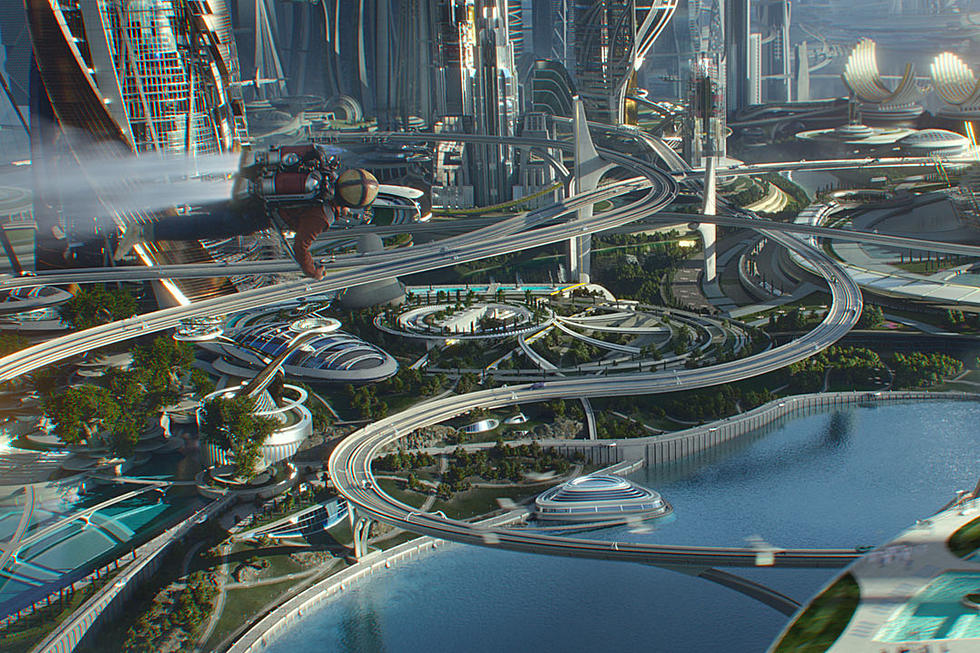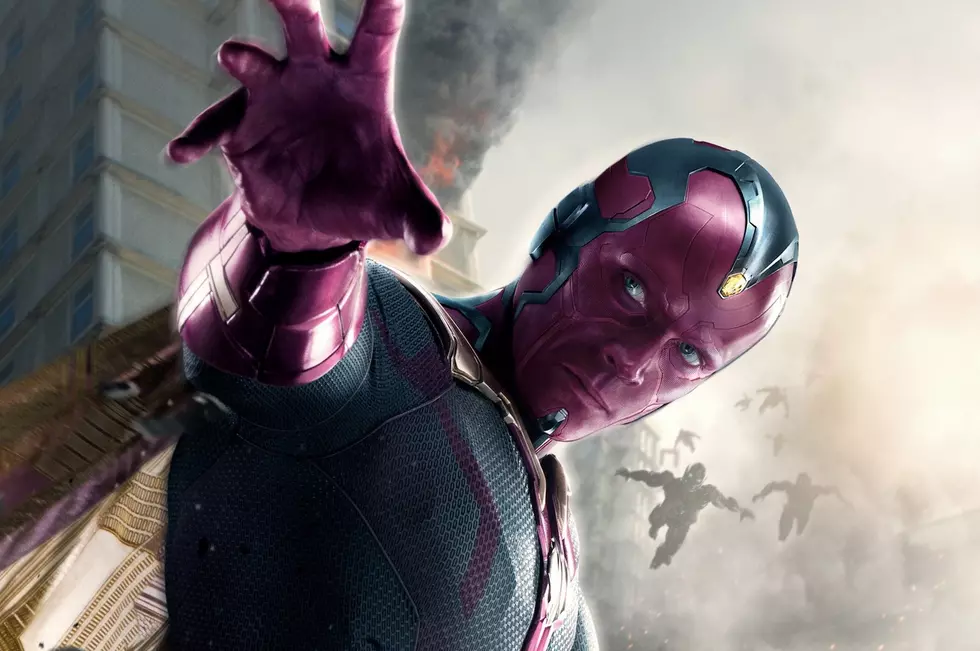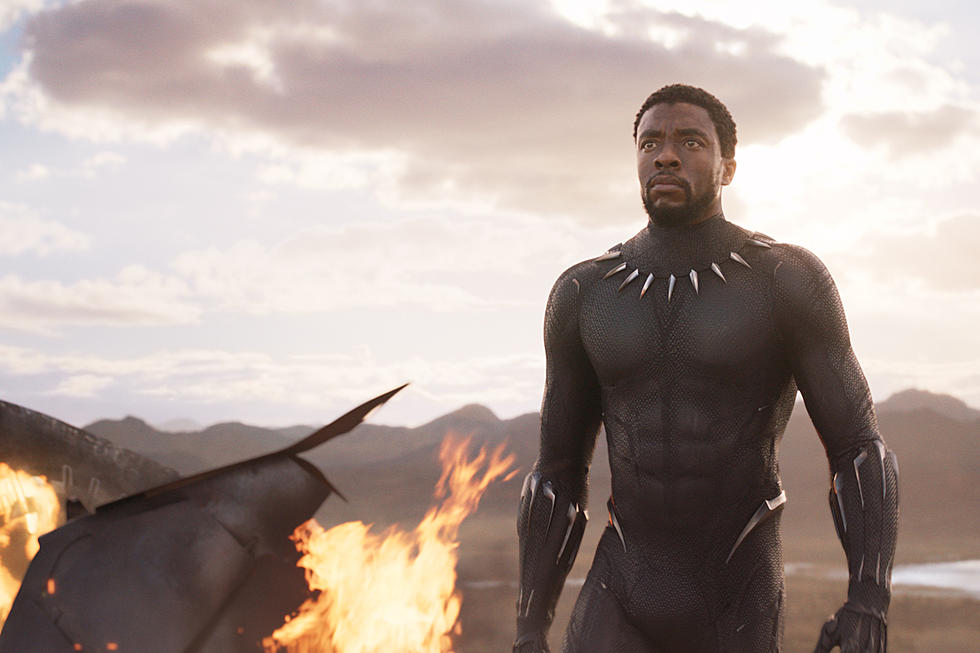
How the Long Take Died a Death by 1,000 Cuts
What if there was a place, a secret place where nothing was impossible? How would you introduce people to that place?
For Tomorrowland director Brad Bird, the answer to that question was a show-stopping, six-minute unbroken take that follows its heroine as she explores this magical wonderland for the first time. She watches men in jetpacks zoom overhead, rides a floating monorail, and nearly accepts an invitation to board a rocket ship headed for outer space — until her invite runs out of juice and she’s returned home.
In an interview with Wired, ILM compositing supervisor Francois Lambert said this six-minute “jetpack shot” was actually a blend of “about seven or eight shots,” each of which contained “three or four [film] plates”.
All told, the jetpack shot took a team of a dozen artists “almost 10 months” to complete. It’s an incredible technical achievement.
And no one’s noticed it.
A quick Google search of Tomorrowland and either “single take” or “long take” yields very little writing on the sequence; a couple of tossed off mentions in reviews, a message board thread or two, followed by a lot of results that have nothing to do with the jetpack shot (or Tomorrowland at all). I almost didn’t notice it myself; it wasn’t until just before Casey (played by Britt Robertson) reaches the spaceport and the vision (and the single take) ends that I even became cognizant of the fact that the scene was all done in one shot. If that sequence really is six minutes long, it took me at least four and a half minutes to discover its complexity. That’s like seven and a half months of backbreaking labor for nothing.
This isn’t the first time I’ve found myself late to appreciate a long take at the movie theater, either. The 2015 summer blockbuster season has been filled with movies that feature detailed, lengthy, and highly forgettable long takes. Avengers: Age of Ultron begins with an elaborate sequence that tracks all six main heroes as they approach a Hydra base in Eastern Europe; without a single cut, the camera connects Hawkeye, Black Widow, Captain America, Thor, Iron Man, and Hulk in rapid succession. In this week’s San Andreas, Carla Gugino’s character finds herself trapped on the top floor of a skyscraper in the midst of the worst earthquake in recorded history; in a single shot, the camera zooms through the chaos into a window, and then follows Gugino as she races for her life through debris and a screaming mob to make her way to the roof where her ex-husband (played by Dwayne Johnson) will rescue her in his helicopter. Even the recent remake of Poltergeist sported a showy-but-not-particularly-memorable long take that began in the living room of a haunted house, zoomed into the screen of an iPad, and then out into another dimension populated by angry ghosts.
All of these shots are lavish, intricate, undoubtedly expensive — and they’ve all been met with a collective meh from audiences. 15 or 20 years ago, any of these single-take sequences would have been the focus of magazine articles, extensive DVD featurettes, and glowing critical hosannas. Today, they come and go with almost no impact on a near-weekly basis. What the hell is happening to the long take?
When I was in college, cinephiles collected these kinds of shots like mental baseball cards; they sought them out, studied them, traded them, and learned everything they could about the stories around them. Great long takes were legendary; before I ever saw Touch of Evil, I knew about its opening shot, which follows a car rigged with a ticking time-bomb as it zig-zags through the streets of a Mexican border town.
Like most teenagers of my generation, I was dazzled by the one-take party scene from Paul Thomas Anderson’s Boogie Nights, which introduced me (and a lot of folks) to Mikhail Kalatozov’s I Am Cuba, whose own incredibly ambitious long take inspired the similar into-the-pool shot in Boogie Nights.
There are at least six different copies of the famous Copacabana scene from Goodfellas on YouTube; collectively they’ve been viewed well over 1 million times.
These shots were so iconic their reputations preceded them; in some cases they arguably became more famous than the movies they were from. Years later, they’re still celebrated. Meanwhile, some of this year’s long takes were forgotten before their unusually lengthy shots were even over.
The fact that there are multiple single takes in one summer certainly doesn’t help. Great long takes used to be once-a-decade events. Then they started to come along every year or two. Now we’ve gotten to the point where there is literally a new feat of visual virtuosity every single week; all four examples I’ve cited from 2015 were released in the span of a single month. Today’s long takes feel less special because they are less special. They’re about as common in modern blockbusters as city-leveling death rays or an extra scene after the closing credits.
The current crop of long takes also have the misfortune of coming to theaters a few months after Birdman, a movie comprised entirely of long takes strung together one after another to give the impression that the entire film was essentially one unbroken shot. Though director Alejandro González Iñárritu and cinematographer Emmanuel Lubezki cheated every ten minutes or so to subtly stitch their shots together, they really did film Birdman as a series of lengthy conversations up, down, around, and through Broadway’s St. James Theatre. A little trickery here or there aside, it’s an impressive formal achievement; no wonder Lubezki won the Best Cinematography award at this year’s Academy Awards. Before they ever appeared on multiplex screens, the current crop of long takes were outflanked by Birdman.
Birdman represents the culmination of an aesthetic Lubezki’s developed for many years. Before he made Birdman, Lubezki shot Gravity, with its famous 17-minute opening shot. Before that, he worked on Children of Men, which had several lengthy done-in-one scenes.
In topping everything he’d ever done before, I wonder if Lubezki’s work in Birdman also rendered his previous achievements somewhat passé. Each long take he’s made has represented an evolutionary step forward from the last. The ones in Children of Men were cool but Gravity was cooler, longer, and set entirely in outer space. Gravity’s long take was amazing but it was just the first sequence of the film; Birdman’s run through the entire film. 12 minutes without a cut looks a lot less cool next to 120 minutes without a cut.
Some would argue long takes lost their luster long before Birdman, at the moment when they became so heavily reliant on digital effects. Orson Welles, the man who directed Touch of Evil, famously said that “the enemy of art is the absence of limitations.” Touch of Evil’s long take was beautiful because it was made in direct defiance of technological limitations (1950s cameras were difficult to move, and could only shoot so much film before reloading). Where such technological limitations exist today, a film like Tomorrowland can simply circumvent them; by its compositing supervisor’s own admission, this “single take” is actually a digital creation culled from many different takes. If one part of Touch of Evil’s long take went wrong, he had to reshoot the whole thing. If one part of Tomorrowland’s long take went wrong, that individual element could be replaced by one that worked without disturbing the rest.
But digital technology can’t be the only reason for the change; after all, computers were instrumental in the creation of Gravity’s marvelous long take and that movie and its cinematography became a sensation; no one held it against Lubezki and director Alfonso Cuarón that they didn’t actually go into space to grab that shot (both won Oscars for the film). So there must be something else that’s different with this summer’s crop of underwhelming single takes.
Comparing the shots from these new movies to older ones, another difference emerges: The older ones were always about revealing characters or deepening suspense, and the new ones are just about flashy visuals. Touch of Evil’s long take is cool but it’s also dramatic, because we’ve seen the bomb get loaded into the car, and we’re waiting for it to explode. The Copa shot from Goodfellas expresses the seductive allure of the gangster lifestyle just as it begins to seduce Karen, the Lorraine Bracco character, as she starts to date Ray Liotta’s Henry Hill. The Boogie Nights pool party connects all the various relationships between the many players in the Southern California pornography scene. Gravity focuses so intensely on Sandra Bullock’s astronaut amidst the chaos of its debris storm that it actually sneaks inside her space suit at one point. All these examples are technically impressive, but they’re also pure visual storytelling at its very finest.
In contrast, the recent long takes are mostly glorified demo reels for special effects. Casey’s tour of Tomorrowland looks good, but there’s no tension in any of it; she doesn’t realize her invite is set on a timer until she hits her deadline. Same for Poltergeist’s trip to the ghost world; it’s just an atmospheric visual without much bearing on the rest of the plot or characters. The Age of Ultron one sort of reintroduces the Avengers, but mostly it’s an empty display of their powers. San Andreas comes the closest to replicating the old model, with the camera following Carla Gugino as she fights to survive, but director Brad Peyton seems a lot more interested in the collapsing buildings and falling debris than in the human character running through them. These shots are cool, but that’s all they are.
So it might be fairer to say that the sudden lack of interest in long takes has less to do with the way they’re made than what they’re made of: hollow imagery without any stakes whatsoever. Which, come to think of it, is a larger problem than just these particular shots; that’s the primary issue with most Hollywood blockbusters these days. So maybe there’s nothing wrong with the long take that a couple better films around them couldn’t fix.
More From ScreenCrush









